Do you have a question about the Panasonic DMC-GF6 and is the answer not in the manual?
Guidance on locating specific topics within the manual using various search methods.
Explains manual navigation, icons, and text conventions for effective use.
Precautions for handling and protecting the camera body and components.
Lists and describes the items included in the camera package.
Identifies and explains the purpose of each camera body part and button.
Details lens compatibility, types, and general functions.
Step-by-step guide on how to attach and detach camera lenses.
Details on how to charge the camera battery, indicators, and charging time.
Guide to setting the camera's internal clock and date for accurate metadata.
Details on essential setup menu configurations like clock, world time, and Wi-Fi.
Explains how to choose different shooting modes using the mode dial and iA button.
Details on using the Intelligent Auto modes for automatic scene and subject optimization.
Guide to applying various creative image effects and filters to photos.
Step-by-step guide to manually focusing the lens for precise sharpness.
Detailed guide on setting up and starting video recording.
Manual control of exposure settings for video recording.
Overview of playback and editing functions available in the Playback menu.
Erasing unwanted objects or parts from images.
Splitting recorded motion pictures into segments.
Setting the default highlight for delete confirmation prompts.
Introduction to wireless connectivity features and important warnings.
How to operate the camera remotely using a smartphone or tablet.
Procedures for establishing a Wi-Fi connection between the camera and mobile devices.
Transferring images and videos from the camera to a computer.
Connecting the camera to a TV for playback via HDMI or AV cables.
Transferring photos and videos from the camera to a computer.
Connecting to a PictBridge printer for direct wireless or USB printing.
Lists and describes optional accessories like AC adapters, DC couplers, and lenses.
A comprehensive guide to diagnosing and resolving common camera issues.
Troubleshooting common issues related to video recording.
Comprehensive information on battery care, charging, and disposal.
| Sensor Type | Live MOS |
|---|---|
| Sensor Size | 17.3 x 13.0 mm (Four Thirds) |
| Lens Mount | Micro Four Thirds |
| Autofocus Points | 23 |
| Continuous Shooting Speed | 4.2 fps |
| Touchscreen | Yes |
| Built-in Flash | Yes |
| Storage Media | SD/SDHC/SDXC |
| Wireless Connectivity | Wi-Fi |
| Megapixels | 16.0 |
| Effective Pixels | 16.0 |
| ISO Range | 160 - 25600 |
| Image Stabilization | Lens-based |
| Video Recording | Full HD 1920 x 1080 |
| Screen Size | 3.0 inches |
| LCD Screen Resolution | 1040000 dots |
| Articulated Screen | Yes |
| Battery Life | 340 shots (CIPA standard) |

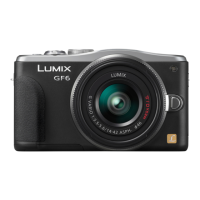
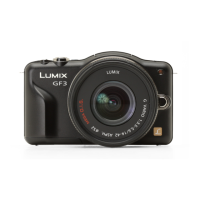
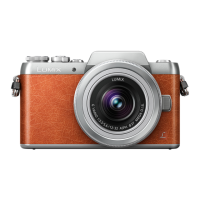
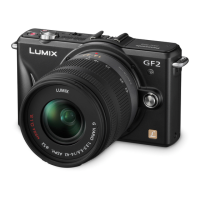
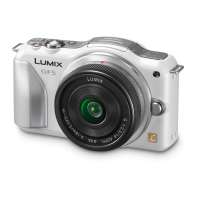
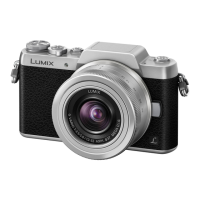

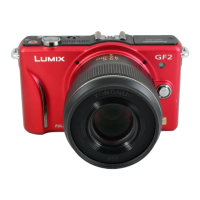
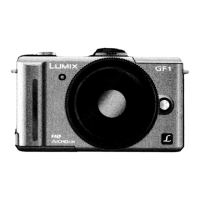
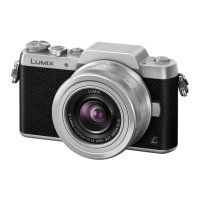
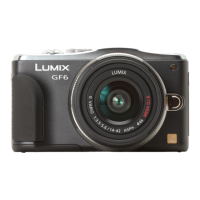
